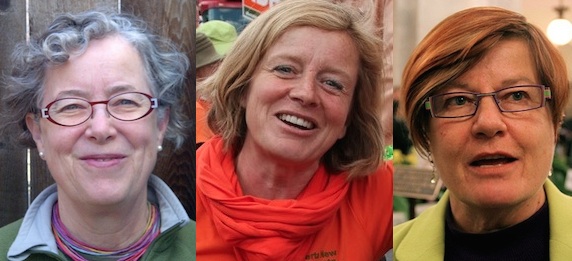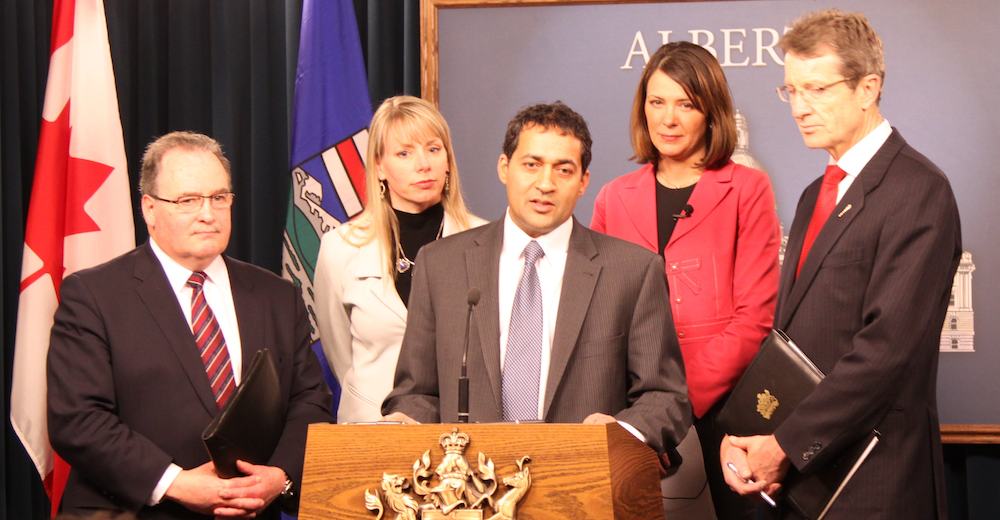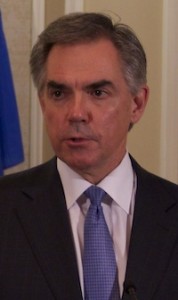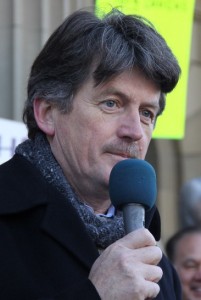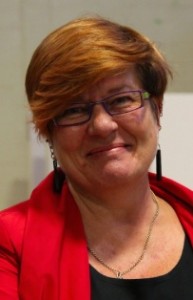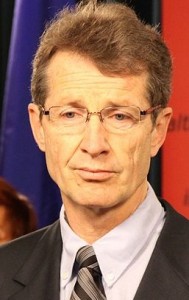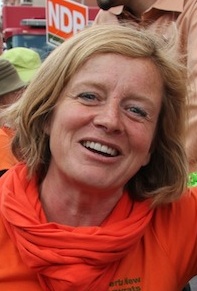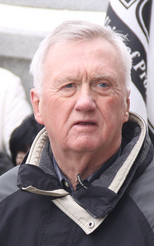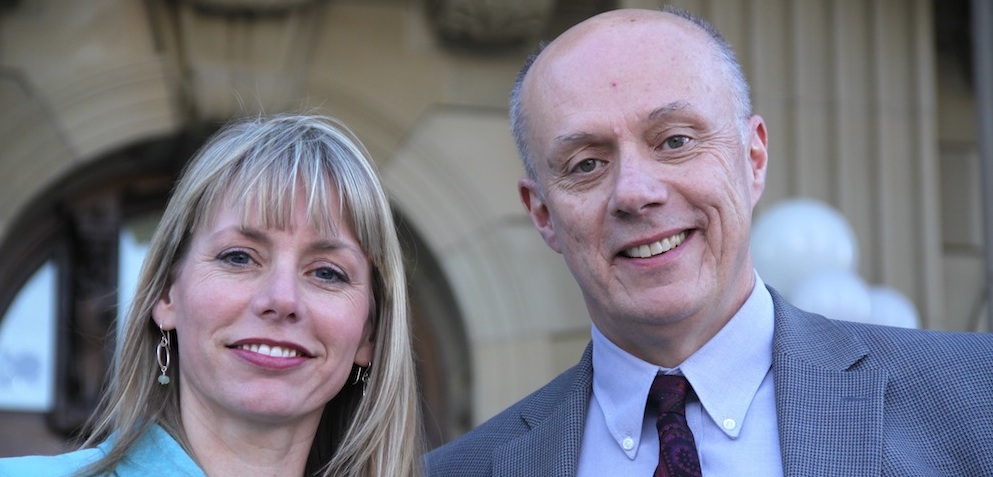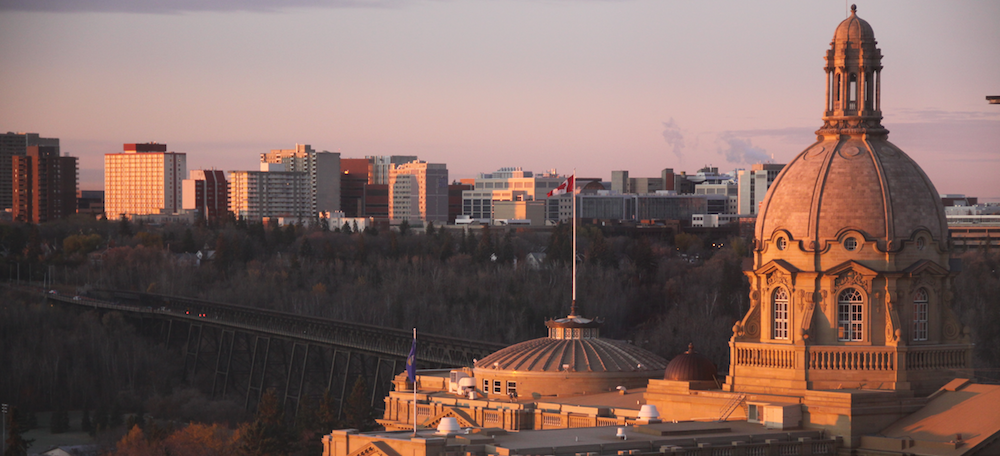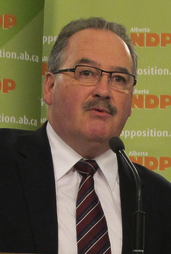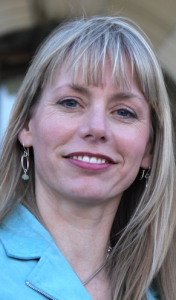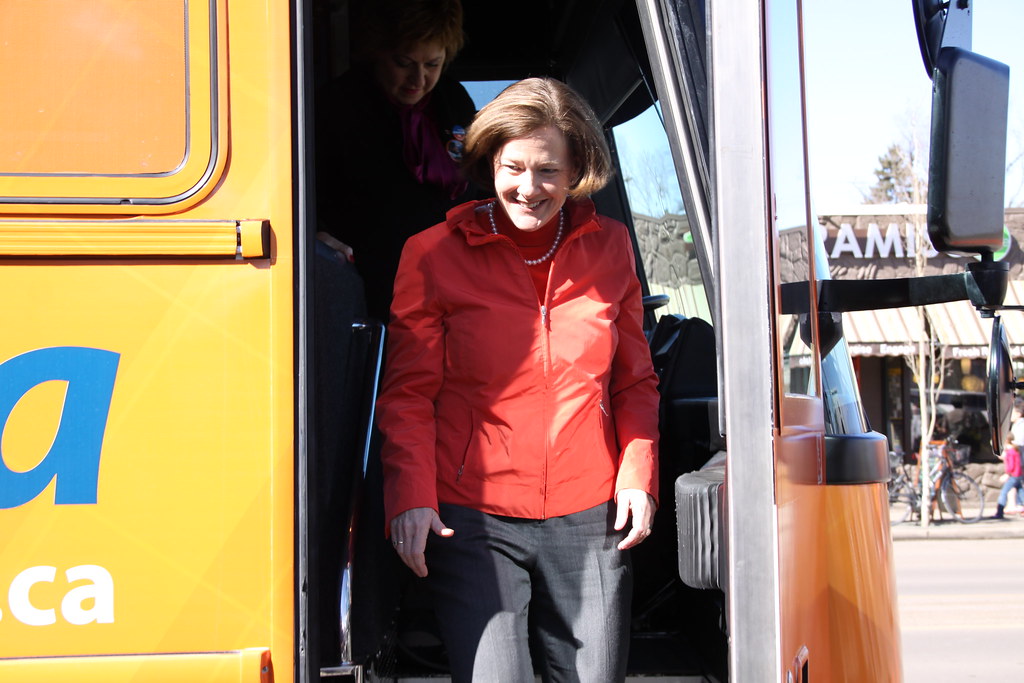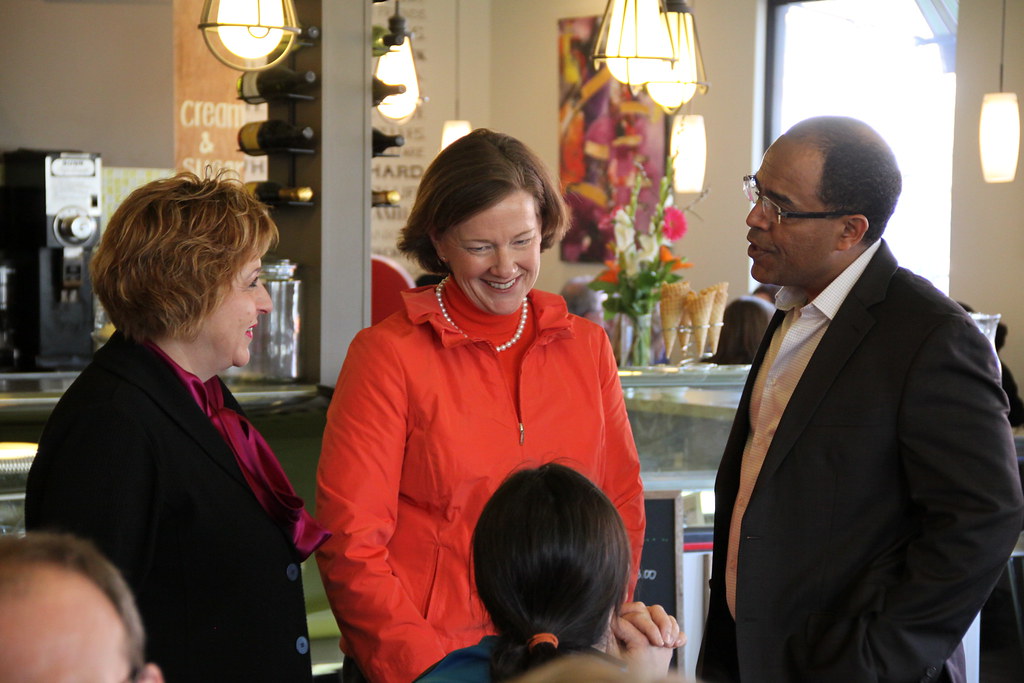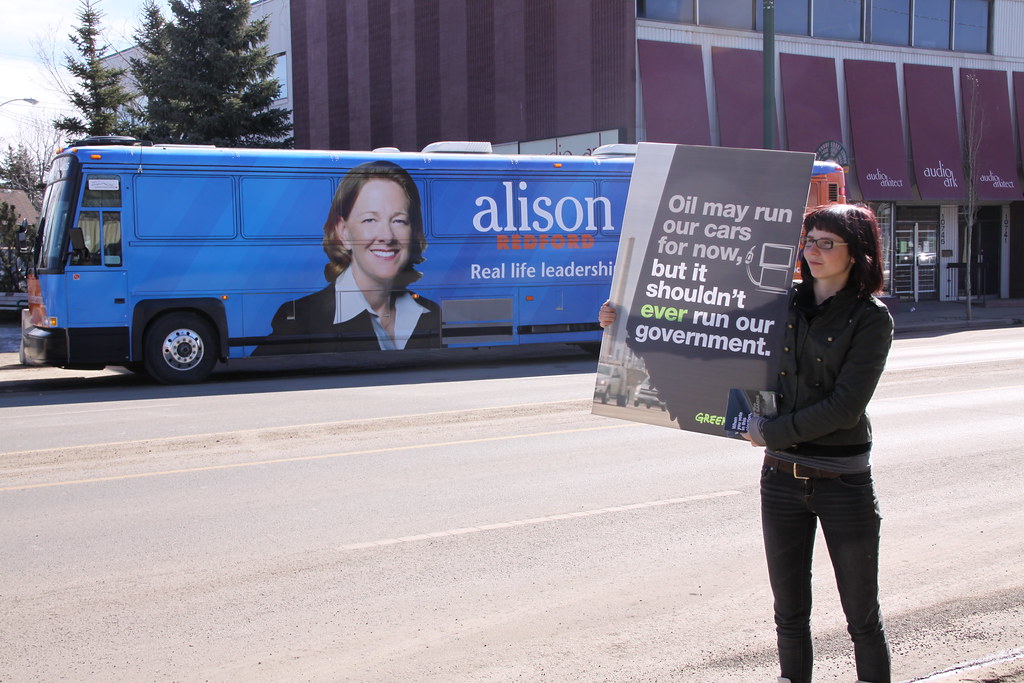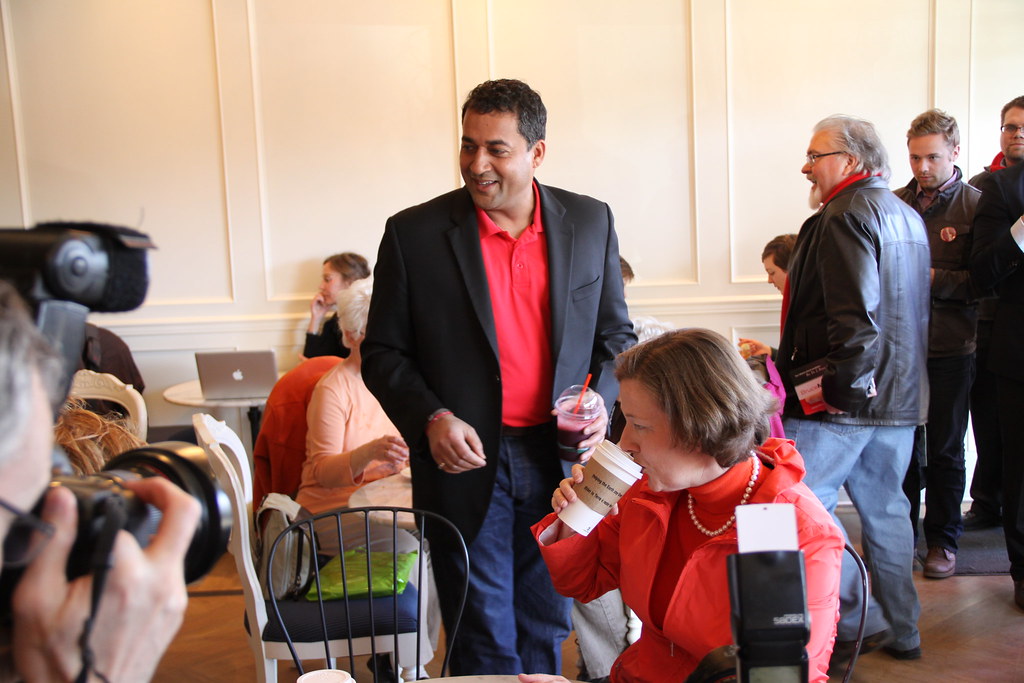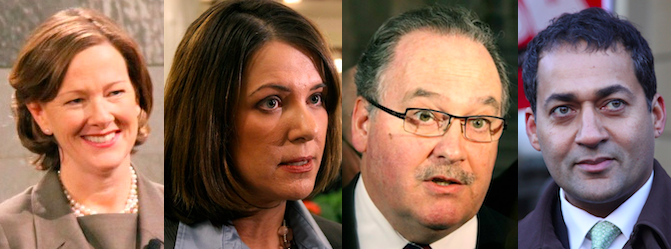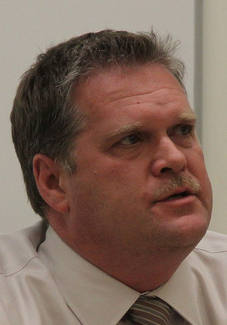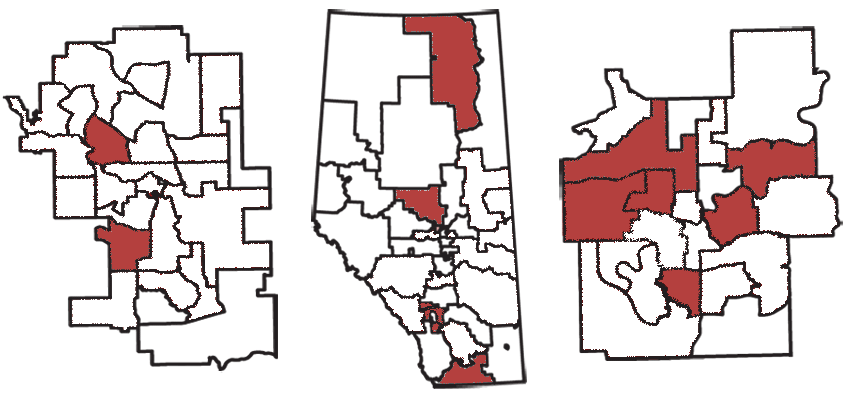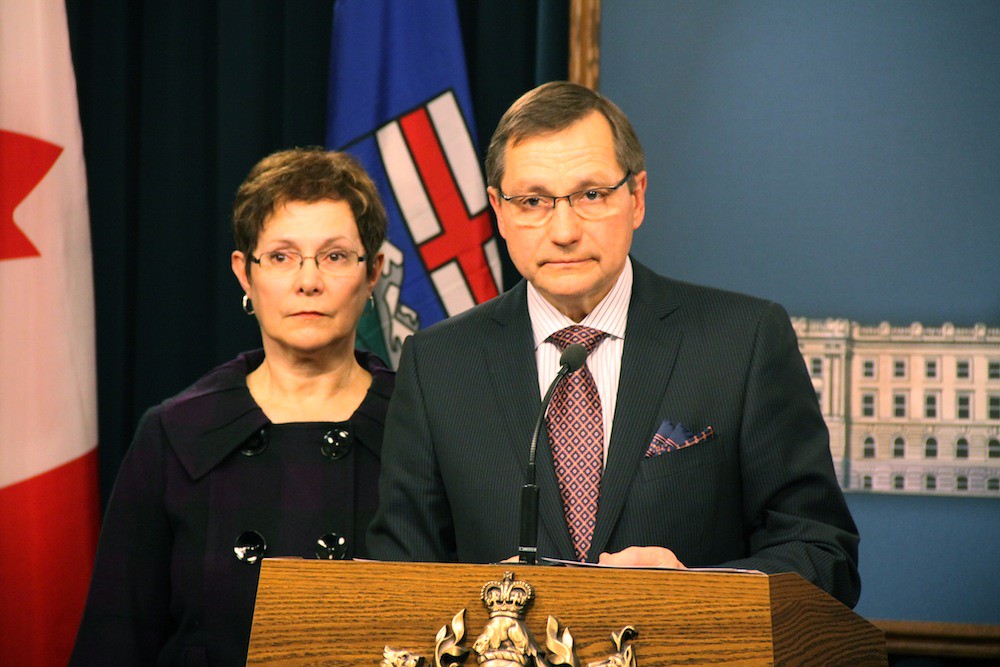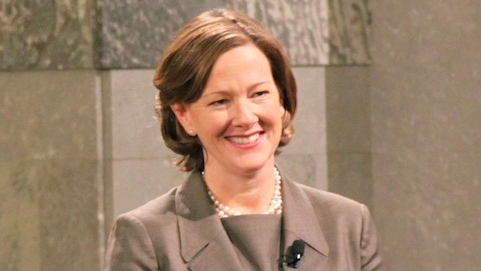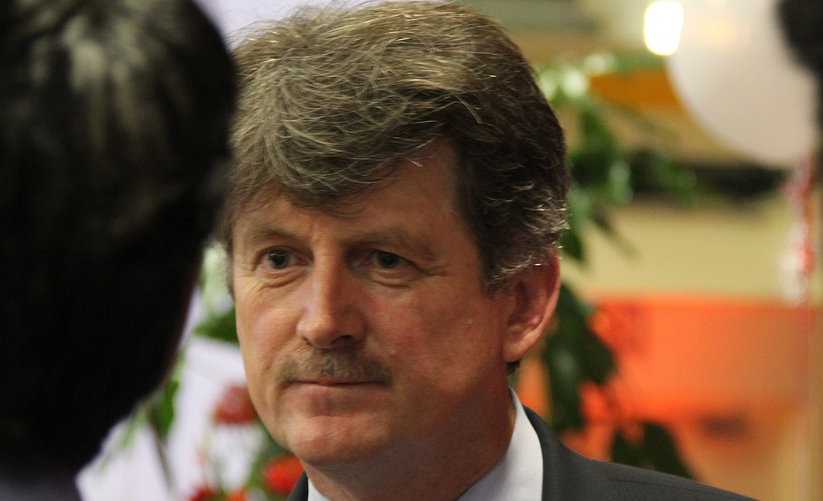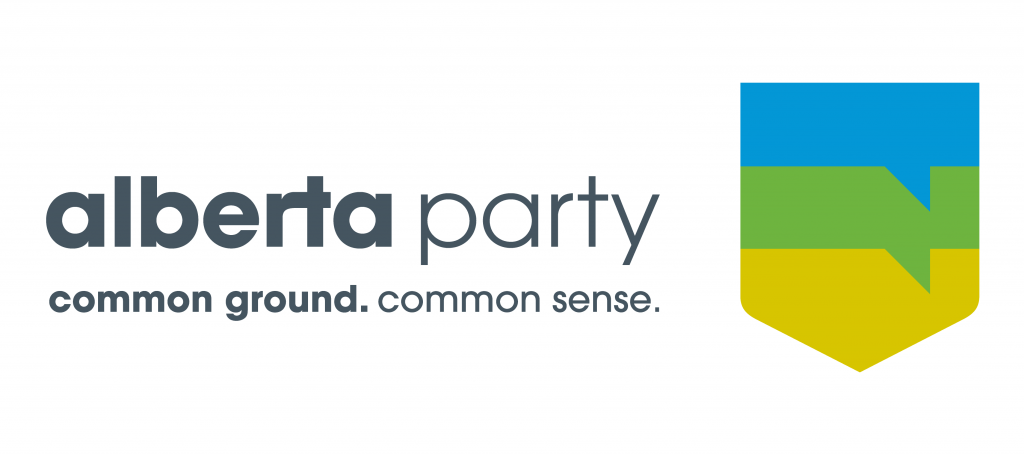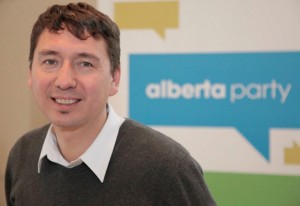In recognition of International Women’s Day, today’s candidate update focuses specifically on the total number of women nominated to run for Alberta’s political parties in the upcoming provincial election. Women make up the majority of our population, but they rarely come even close to being the majority in electoral politics.
Women in Alberta politics have accomplished a number of milestones in recent years, including the election of Alison Redford as our first female premier, but the total percentage of women elected to the Legislative Assembly has actually decreased since the late-1990s.
Alberta’s 2012 election was notable for many reasons, most notably because it marked the first time the two major parties were led by women – Progressive Conservative leader Ms. Redford and Wildrose leader Danielle Smith. Three years later, only one major party will be led into the 2015 spring election by a women – the New Democratic Party’s Rachel Notley. Wildrose Party interim leader Heather Forsyth, who has served as MLA for Calgary-Fish Creek since 1993, is not seeking re-election. The Green Party, with no MLAs in the Assembly, is led by Janet Keeping, who is nominated to run in Calgary-Foothills.
The Liberal and NDP have had women lead them in past elections – Pam Barrett led the NDP during the 1997 election and Nancy MacBeth led the Liberals in 2001 – and former Edmonton school trustee Sue Huff led the Alberta Party until 2011. Edmonton-Gold Bar Liberal MLA Bettie Hewes became the first woman to lead a major political party when she served as interim leader of the Official Opposition in 1994.
There are currently 22 women MLAs serving in the Alberta Legislature (25%), down from a high-mark of 23 women MLAs (27%) in 1998. This number decreased upon Ms. Redford’s resignation in 2014, the percentage was still lower than 1998 because the total number of MLAs increased from 83 to 87 in 2012.
Only four of the twenty members of Jim Prentice‘s current cabinet are women.
The longest serving woman in the Assembly is Lesser Slave Lake PC MLA Pearl Calahasen, who was first elected in 1989 and has been acclaimed as her party’s candidate in the next election. First elected in 1997, Edmonton-Centre Liberal MLA Laurie Blakeman is the longest serving opposition MLA.
With the next election expected to be called in the next few weeks, Alberta’s political parties are still in the process of nominating candidates. Here is a look at how many women have been nominated so far by the five main parties.
The NDP, with a commitment to nominate a high percentage of women candidates, has so far chosen the most women candidates of the political parties contesting the 2015 election. By my count, the NDP has chosen 18 women out of 41 candidates (43%) already nominated or acclaimed. This is slightly less than the full NDP slate from the 2012 election, when that party nominated 40 women out of 87 candidates (45%).
The Progressive Conservatives have chosen 13 women out of the 58 candidates nominated to run in the next election (22%) as of today. In the last election, the PCs nominated 22 women in their slate of 87 candidates (25%), which was up slightly from 17 out of 83 candidates in the 2008 election (20%).
The Wildrose Party has nominated 33 candidates, 5 who are women (15%). In the last election, led by Ms. Smith, the Wildrose Party nominated 11 women in a slate of 87 candidates (12%).
The Liberal Party, with 12 candidates currently nominated, has nominated 2 women (16%). The Liberals saw a decrease of women candidates nominated in the 2012 election, down to 18 of 87 (20%) from 22 of 83 in 2008 (26%).
Five of the 17 candidates currently nominated by the Alberta Party are women (29%).
Number of women candidates by party
2015 election nominated/acclaimed (as of March 8, 2015)
NDP: 18 of 41 – 43%
Alberta Party: 5 of 17 – 29%
PC: 13 of 58 – 22%
Liberal: 2 of 12 – 16%
Wildrose: 5 of 33 – 15%
2012 election
NDP: 40 out of 87 – 45%
Alberta Party: 6 out of 21 – 28%
PC: 22 out of 87 – 25%
Liberal: 18 out of 87 – 20%
Wildrose: 11 out of 87 – 12%
2008 election
NDP: 38 out of 83 – 45%
Liberal: 22 out of 82 – 26%
PC: 17 out of 83 – 20%
Wildrose: 6 out of 61 – 9%
